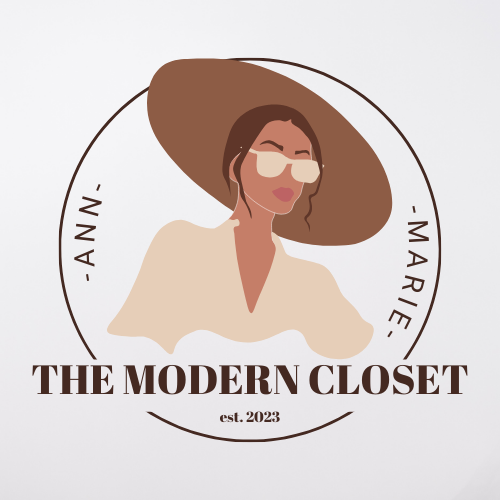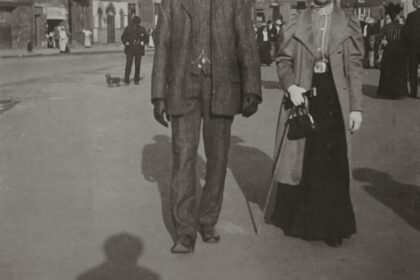
©2023 The Modern Closet. All rights reserved.

Fashion is not merely about what we wear; it’s a reflection of our culture, society, and identity. It evolves continuously, influenced by historical events, societal changes, and individual creativity. Join me on a captivating journey through the annals of time as we explore the fascinating tapestry of fashion history.
**Ancient Civilizations: The Birth of Style**
Our fashion odyssey begins in ancient civilizations like Egypt, Mesopotamia, and Greece, where clothing was not just a necessity but a symbol of status and identity. From the flowing robes of Egyptian pharaohs to the intricate drapery of Greek tunics, fashion was imbued with meaning and craftsmanship.
**The Renaissance: A Rebirth of Elegance**
Fast forward to the Renaissance period, a time of cultural revival and artistic flourishing. Fashion became an expression of wealth and power, with sumptuous fabrics, elaborate embroidery, and exaggerated silhouettes adorning the nobility. Think voluminous Tudor gowns and the iconic ruffs of the Elizabethan era, each garment a masterpiece of design and opulence.
**The Industrial Revolution: Mass Production and Fashion Democracy**
The advent of the Industrial Revolution transformed the fashion landscape, ushering in an era of mass production and accessibility. Ready-to-wear clothing became available to the masses, blurring the lines between social classes. Innovations like the sewing machine revolutionized garment production, paving the way for the rise of fashion houses and department stores.
**The Roaring Twenties: Jazz, Flappers, and Art Deco**
The 1920s witnessed a seismic shift in fashion, fueled by the exuberance of the Jazz Age and the liberation of women. Flappers defied societal norms with their bobbed hair, shorter hemlines, and boyish silhouettes, embodying a newfound sense of freedom and independence. Meanwhile, Art Deco influences permeated fashion design, characterized by geometric patterns, luxurious materials, and a sense of modernity.
**Mid-Century Modern: Post-War Optimism and Haute Couture**
The post-war period saw a resurgence of optimism and glamour in fashion. Haute couture flourished, with designers like Christian Dior introducing revolutionary silhouettes like the iconic “New Look,” featuring nipped-in waists and full skirts. Meanwhile, American sportswear emerged as a symbol of casual elegance, epitomized by designers like Coco Chanel and Hubert de Givenchy.
**The Swinging Sixties: Youthquake and Pop Culture**
The 1960s marked a cultural revolution in fashion, driven by the rise of youth culture and the influence of pop icons like Twiggy and The Beatles. Mini skirts, psychedelic prints, and bold colors dominated runways, reflecting the spirit of rebellion and experimentation. Designers like Mary Quant and André Courrèges pushed boundaries with their innovative designs, challenging traditional notions of femininity and style.
**Contemporary Fashion: Diversity and Sustainability**
In the 21st century, fashion has become more diverse and inclusive than ever before. Designers from around the globe draw inspiration from a myriad of cultures and traditions, celebrating individuality and self-expression. Moreover, there’s a growing emphasis on sustainability and ethical fashion, with brands embracing eco-friendly practices and promoting transparency throughout the supply chain.
**Conclusion: The Endless Evolution of Style**
As we conclude our journey through fashion history, one thing becomes clear: fashion is a dynamic and ever-evolving art form that reflects the spirit of the times. From ancient civilizations to modern-day trends, each era leaves its indelible mark on the sartorial landscape, shaping the way we dress and express ourselves. As we continue to forge ahead into the future, one can only imagine the exciting innovations and influences that await us in the world of fashion.